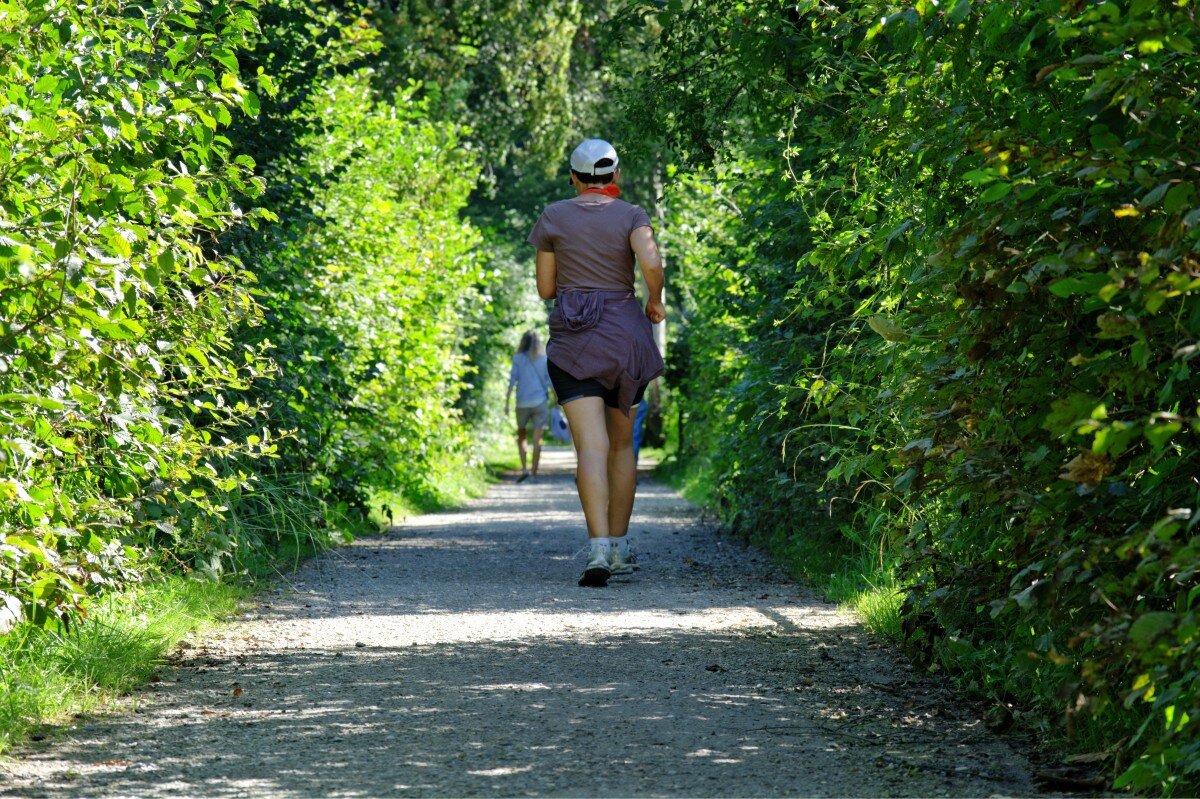The connection between low back pain and walking may seem an unusual one. We often associate prolonged sitting or standing with low back pain, I certainly would have questioned the link if I had not worked out the cause to my own chronic back stiffness.
For the last few years I have suffered ongoing stiffness on one side of my back, being a myotherapist, I have researched and tried many things. I am a regular swimmer, cyclist and walker, sometimes walking up to 15-20km a week (mostly commuting to and from work). The stiffness was constant and I was sure it was a combination of leaning over people at work and the intensity of squad swimming. It was not until a change in routine saw my walking drop off; this is when I noticed the stiffness subside.
Following a day at work, I decided to walk home; I had not done this for a few months. As soon as I arrived home and for the following few days the stiffness returned in force. I decided to trial this again a week later once the stiffness had settled, same thing happened! I had finally found the solution to my chronic condition. The puzzling thing was I had started to run again after many years, I progressed the running slowly to avoid injury. Running gave my back no issues; in fact it loosened it up.
Low back pain from walking is not as uncommon as you would think. The biomechanics of walking rely on the rest of the body being in sync. If this does not happen, there can be additional loading to the lower back and hips. Over time and through repetition, this can lead to tightness through the surrounding muscles, or compression on the nerves from the spine. Let’s take a look at some possible contributors.
Poor Hip Mobility and Strength
We use our hips for both the swing and stance phases of walking. Poor mobility through the hips can place additional load through the spine as well as leading to additional movement, over time this can lead to tension through the associated back and hip muscles as well as possible nerve compression.
Similarly, poor hip strength, particularly through the gluteal muscles can cause the hips to drop or rotate, causing the individual to walk with a lean to one side. When walking, engage the gluteal muscles, particularly when the heel strikes the ground until you push off the ball of your foot.
Poor Upper Back Mobility
Rotation through the shoulders is vital to provide the required arm swing when walking. Reduced extension and rotation through the middle and upper back causes additional load and movement being placed lower down the back. It also diminishes the necessary rotation through the shoulders, reducing the necessary arm swing.
Posture
Along with the above, it’s important to keep your feet pointing forward when walking. Be mindful not to have your feet or knees turned outwards. The position of your head should be to look forward, not down. The head is heavy, looking down will transfer load down the spine to the lower back.
Solutions to reducing back pain when walking
If your back or hips feel stiff during or following a walk, poor walking biomechanics may be contributing.
Check the following:
· Do you have good rotation through your shoulders, enabling the required arm swing?
· Are your feet facing forward when you walk?
· Are you looking ahead, rather than down when you walk?
· Can you feel your gluteal muscles engaging?
Ideally, have your myotherapist take a look at your walking posture and conduct some strength tests to determine areas of weakness or misalignment. They can help provide tips to improve your walking posture. Soft tissue work through the surrounding muscles may also provide some benefit, alongside a strengthening and mobility program where required.

